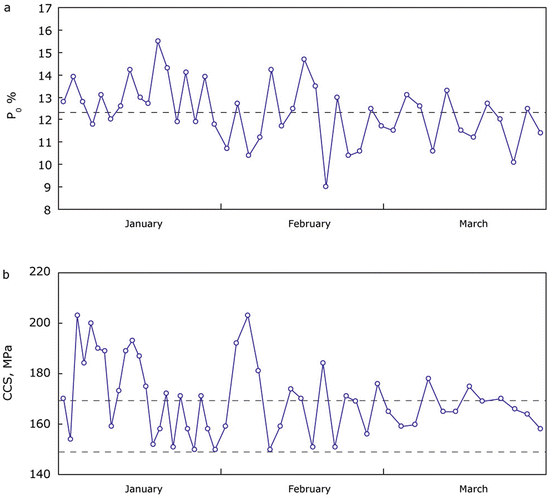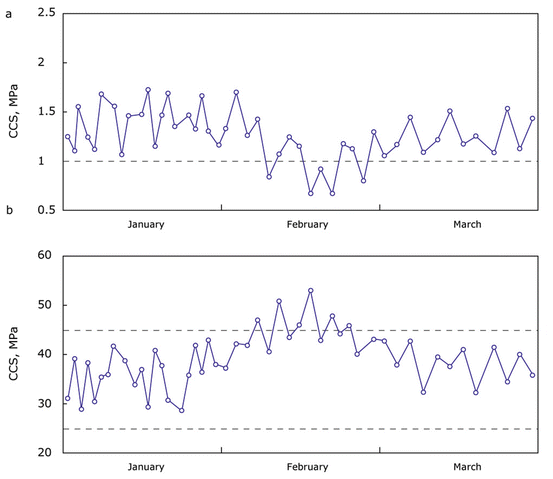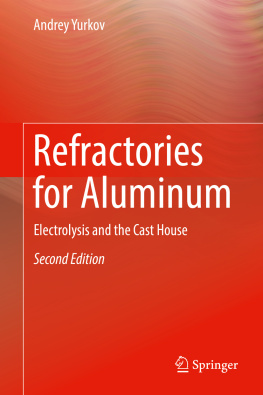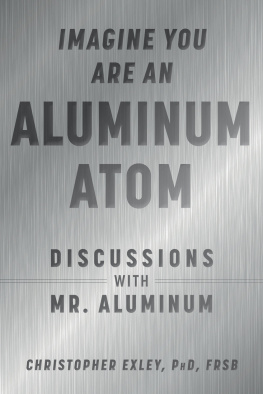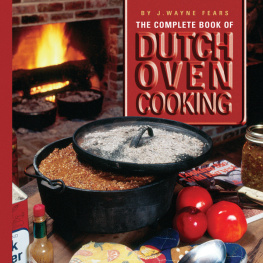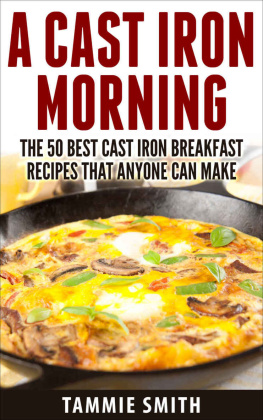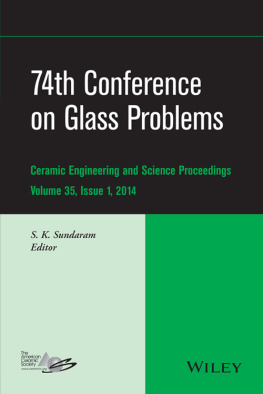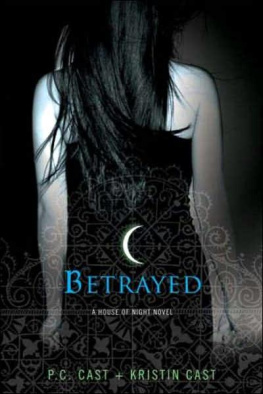1. The Properties of Refractory and Heat Insulation Materials
1.1 Classifications and Some Words About Quality Control
Refractories are construction materials used in the lining of furnaces or certain parts of furnaces in ferrous and nonferrous metallurgy, in the metallurgy of aluminum, in particular, in the glass and concrete industry, in chemistry, and in power generation. The selection of refractories is determined by specific conditions of the service of the furnacethe temperature, working cycle, interaction with aggressive melts and gases, mechanical interaction of the material in the furnace, and so forth. A nonoptimal selection of refractories leads to a decrease in a furnaces service life, to an increased consumption of refractories, to increased furnace repairs, to deterioration in production quality, and to poor economic characteristics of the industrial process. Sometimes poor-quality refractories may lead to emergency breakdowns of furnaces and accidents.
There are slight differences in the different classifications of refractory materials, in the ISO, DIN, and ASTM standards []. The most common definition is that refractories are shaped and unshaped materials that are durable at high temperatures (>1500 C). Usually, heat refractory insulation materials have a service temperature of 8001100 C.
The melting point of aluminum (Al) is 660 C, the smelting of Al-based alloys takes place at 700800 C, and the temperature in an Al reduction cell is about 950970 C. The linings in the coke calcining furnaces, alumina calcining furnaces, and anode baking furnaces really require a relatively high refractoriness of materials. We will use the term refractories for all high-temperature construction materials used in the Al industry that meet the classifications of the standards [], but we will take into account high-temperature heat insulation materials with a service temperature above 800 C.
The phrase refractories for the Al industry is relatively new. Initially, Al producers paid little attention to the special requirements of refractories. The exceptions were carbon cathode materials, which should be electroconductive. But in all other applications, Al producers used refractories for ferrous metallurgy. The first attempts to increase the service life of high-temperature devices for the production of Al and additional requirements appeared in the 1970s. The first refractories, specially designed for applications in the metallurgy of Al, appeared in the 1980s. Since then, there has emerged a small applied segment of research and development (R&D), design, and production referred to as refractories for the aluminum industry .
One characteristic of a refractory is the mineral composition. In the Al industry, the most common are alumina-silica refractories, carbon, and silicon carbide refractories.
Some words about carbon materials. Historically, the production of carbon materials has stood apart from the refractory industry, though the two areas have many commonalities.
The producers and researchers of carbon materials introduced several characteristics specific to the refractory industry and do not like the use of the term carbon refractories when referring to carbon cathode materials. Yet we will use this term, taking into account the peculiarities of carbon materials, because they are materials used in refractory applications that can withstand the corrosive interaction of liquid media at high temperatures over a long period of time.
Refractories can be classified according to their porosity. The influence of pores on any refractory property is significant. The classification of refractory heat-insulating materials is based on the density and temperature interval within which the maximum shrinkage does not exceed 2% [] does not correspond to the safe temperature of refractory application, which we will discuss later.
Refractories may be shaped or unshaped (monolithics, castables). Unshaped refractories have appeared in the Al industry, although they are not gaining popularity as quickly as they are in ferrous metallurgy. Dry barrier mixtures are commonly used now in reduction cells, and monolithic refractories have found their place in holding and melting furnaces of cast houses, ladles, and launders. In limited amounts, monolithics are used for coke calcining furnaces and for anode baking furnaces. Depending on the technology, refractories may be fired, unfired, and heat-treated (fused refractories are not used in the Al industry). Fired refractories go through high-temperature long-term firing (with temperatures up to 1900 C), which gives stability during service. Unfired refractories are subjected to heat treating at temperatures not exceeding 250 C. These materials get their properties in high-temperature service. Their properties change during this heat treatment, which should be taken into account. Usually, the temperature of firing for heat-treated refractories is above 860 C.
This classification is rather tentative, as the final heat treatment of calcium silicate heat insulation refractory materials is about 180 C, whereas the service temperature is above 800 C. The exfoliation of vermiculite grains takes place at 650800 C, but the heat treatment of vermiculite heat insulation slabs takes place at 250280 C, with a service temperature above 800 C.
The properties of refractory materials are determined by the refractory producer (the refractory maker) and the refractory user (the metallurgist). Rather frequently, between those two is the engineering company that makes the furnace or reduction cell. The producer of raw materials for the production of refractories controls the process and finished products and gives certificates of quality for the refractory producer. The refractory producer controls the quality of raw materials for refractory fabrication, the refractory fabrication itself, and the finished refractory products and gives quality certificates for the metallurgist. Still, metallurgists often take control of the refractory materials they receive. Regulations on the sampling of raw materials and unshaped refractory products and the acceptance of refractories are based on standards []. Sometimes the customer makes only an outer external inspection (the condition of edges, corners, and cracks, if any). However, sometimes the customer performs a random selected check of the quality in an independent laboratory or in the customers laboratory.
Sometime ago, certain refractory producers started making statistical measurements of quality control. The idea of statistical quality control was developed in the automobile industry [).
Fig. 1.1
Records of ( a ) open porosity of nitride-bonded silicon carbide side lining refractories (in the specification of the customer, open porosity should be below 18%); records of cold crushing strength (CCS) ( b ) of nitride-bonded silicon carbide side lining refractories (in customer specifications, the CCS should be above 150 MPa)
Fig. 1.2
Records of CCS ( a ) of vermiculite heat insulation materials (in customer specifications, the CCS should be above 1 MPa); records of cold crushing strength ( b ) of carbon (30% graphite) cathode materials (in customer specifications, CCS should be in a range of 2550 MPa)
